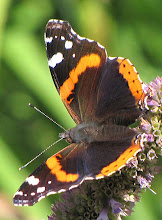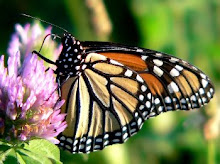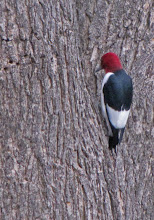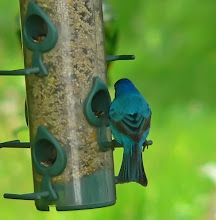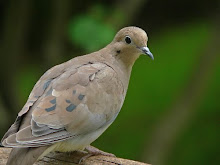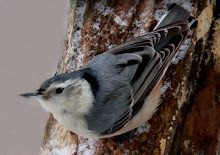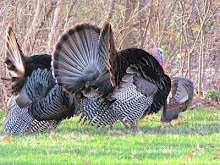

Pinky Winky makes a denser, shorter plant and the blooms face up and out. The Winkys come in several colors and in doubles.


Iris multiply like bunnies. You have three the first year and twendy-three two year later. They aren't difficult to divide but I do tend to put it off. The yellow iris below is one of my favorite. I find iris are ridiculously easy to care for, in fact they need almost no care at all. Give them sun and don't plant them in a wet spot and they will live happily ever after.

Maintenance Note: For those of us who love Autumn Joy and similar sedum but who hate the late season flop--now is the time to prevent it. In May or early June, I cut the stems back by about one half. This results in the plants maturing with a shorter stature which isn't as likely to lay down. The tips that are pruned off can be stuck into growing medium or even into the garden and they will root and make a new plant. If you wait too late to cut sedum back they may not bloom.
Many taller perennials can be treated in the same way to reduce height and help them stand straighter. The blooming schedule is usually a week or so later than unpruned plants.

























































